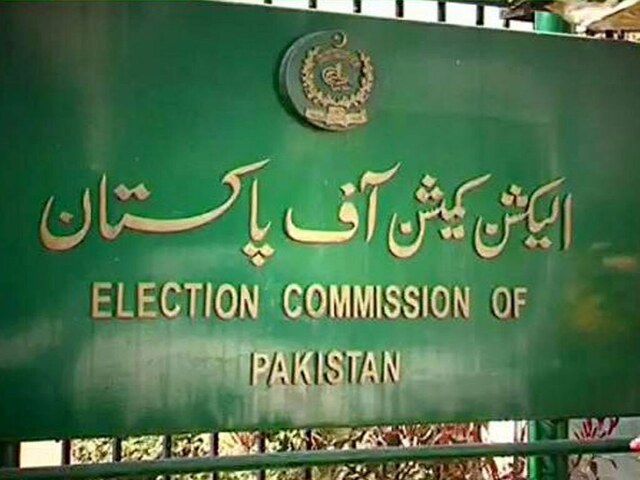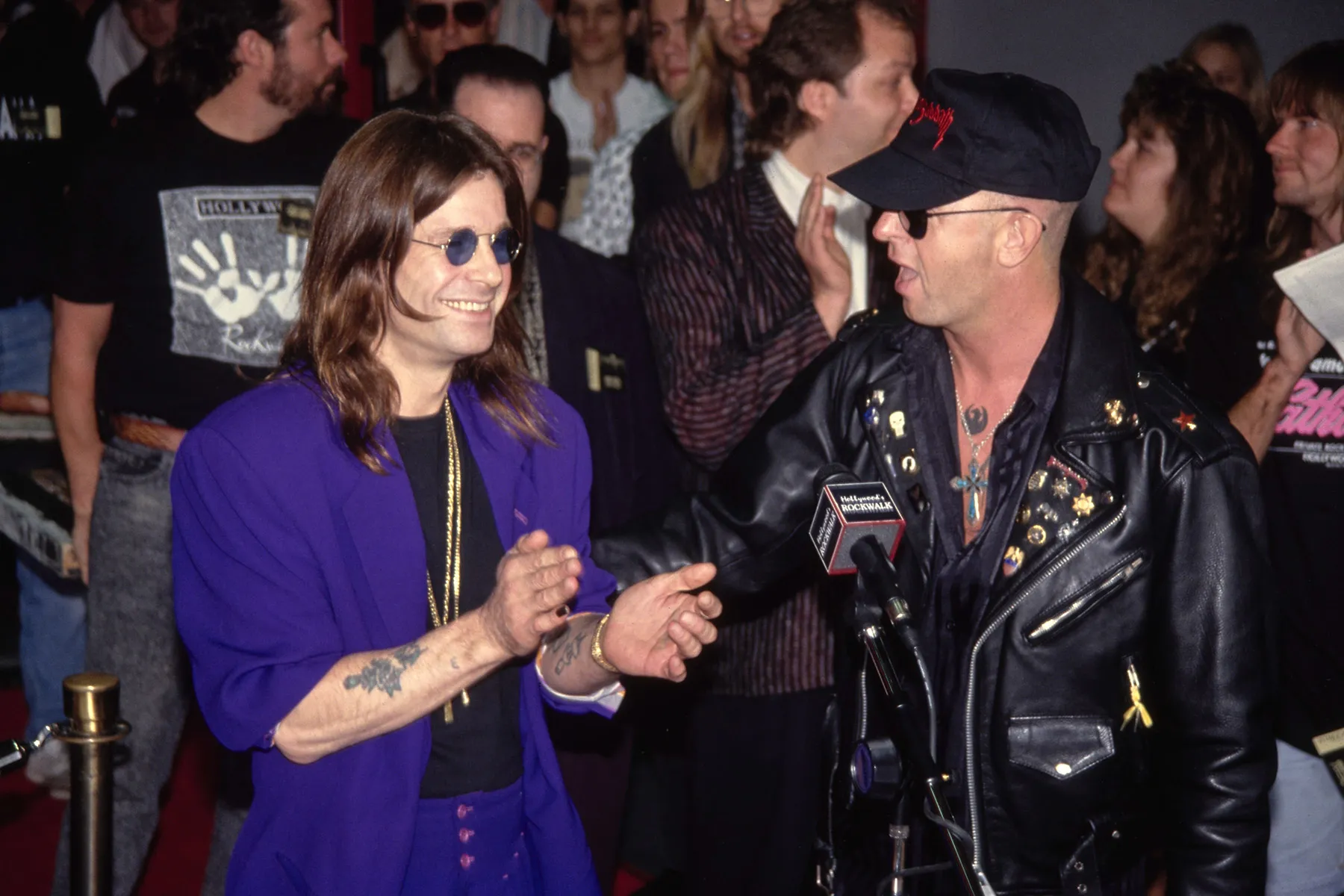By Lauren Jobe
Copyright thebusinesstimes

If you run a business on the Western Slope, you probably juggle a dozen ways you try to market your business. But, there’s a quiet powerhouse many overlook: the classic press release.
From a marketing perspective, the press release is one of the most effective ways to earn credible coverage, control your message and create content that works across every channel.
Whether you’re a small business or a large company, knowing how (and when) to use a press release can make the difference between being overlooked and being featured.
So, what is a press release? How do you create one? When and who do you send it to? And, why it matters.
A press release is a short, formal announcement written with the media in mind. Unlike advertising, which is paid for, a press release is “free” or earned media. At its best, it is both informative and newsworthy, written in a way that makes it easy for media outlets to share your message.
So, how do you create one an editor will use? Think like a journalist and structure your release so the most important information arrives first.
Start with a clear, specific headline that tells the story in one line. The first paragraph hits the who, what, when, where and why. Paragraph two gets to the details: the scope; the benefit to customers; and how it fits the local or industry context. Then, include one or two quotes ideally from a company leader. Close with details and next steps, then a short “boilerplate” about your business and your media contact info.
A few quality checks: Keep it concise – one page, written in plain, professional language; avoid hype words; use an active voice; and include a dateline.
When to send it? Not every update deserves a press release. Save them for moments that matter beyond your four walls, such as opening a new location or expanding services, launching a product or rebrand, hosting a community event, welcoming a key hire or strategic partner, earning an award or notable recognition.
If you’re on the fence, ask yourself: Would the average reader care about this? If yes, write the release. If not, it’s probably a social post, blog, or an email newsletter blurb.
Timing helps, too. Midweek mornings often work best. If your news is tied to an event, send an initial “media advisory” five to seven days ahead and the full release with final details 24 to 48 hours before go-time.
Who to send it to? Build a media list that includes local print publications, radio and TV desks, chamber of commerce contacts, city and county PIOs, relevant newsletters, trusted community blogs or podcasts and any industry-specific trade publications.
When you send it, personalize the email, show you know their audience and why your news is important. Use a subject line that states the news plainly, not “Exciting Announcement!!!” Paste the release into the body of the email (attachments can get filtered), and include links to images and a contact who will actually pick up the phone.
Don’t forget to share it with your own audience. Post it on your website, share it in your email newsletter, and adapt it for social media. This multiplies the impact whether or not a newsroom picks it up.
From a marketing lens, a strong release earns you four things at once:
Credibility – coverage in a trusted outlet like The Business Times carries social proof money can’t buy. It signals you’re real, reliable and worth paying attention to.
Consistency – the same facts flowing across your own channels, so every audience hears the same message.
Search Value – when your release appears online with links back to your site, you gain visibility and traffic.
Relationships – newsrooms remember clear, accurate, community-oriented pitches. Even if today’s story doesn’t run, your next one might.
A Quick, Marketer-Friendly Template
Headline: Say what’s new and why it matters.
Dateline + Lead: “GRAND JUNCTION, Colo., [Month Day, Year] – [Company] today [announced/opened/launched] [the thing] to [benefit/audience/context].”
Details: What’s changing, who it affects, relevant numbers or milestones, local tie-in.
Quotes: One from a leader (why we did this, why it matters).
Call to Action: RSVP link, product page, sign-up info, hours/location. Boilerplate: 3–4 sentences about your company.
Media Contact: Name, title, direct phone, email, website. (If you’re announcing an event, add a short “Media Advisory” section up top with the five essentials: what, who, when, where, and visual opportunities.)
A press release isn’t glamorous, but it is effective. It helps tell your story, invites the community into what you’re building, and gives journalists a ready-to-go foundation for fair coverage. If you treat it as a strategic asset, you’ll get far more value from every milestone: credibility in print; reach online; and a growing list of people who know and trust your brand.
So the next time your business has something worth sharing, don’t just post it on Instagram and hope for the best. Write a press release. Your story deserves to be heard – and the community is listening.



